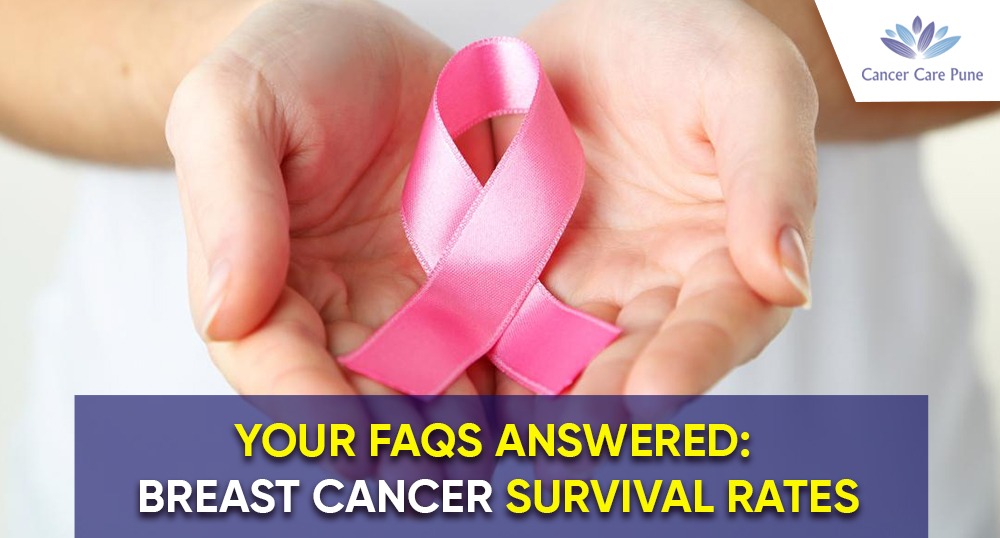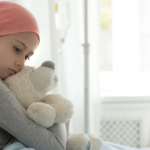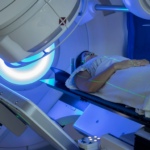
When you’re diagnosed with breast cancer, it’s natural to wonder about breast cancer survival rates.
Breast cancer is serious It is, however, common and highly treatable, with ongoing advances in treatment.
While facts and figures may offer a useful overview and general outlook, everyone is unique. Your doctor can provide more information about the details of your case.
How long after being diagnosed with breast cancer is the life expectancy?
Doctors use a metric called the 5-year survival rate to assess the prognosis of cancer.
The 5-year cancer survival rate is a population-based comparison. For example, if your cancer has a 90% 5-year survival rate, that means you’re 90% as likely as someone who doesn’t have cancer to live for at least 5 years after your diagnosis.
To determine 5-year survival rates, the American Cancer Society (ACS)Trusted Source uses information from a database called Surveillance, Epidemiology, and End Results (SEER)Trusted Source Database classifies cancer into three stages:
• Localized:- There is no evidence that cancer has spread beyond the original site.
•Regional:- Cancer has spread to nearby lymph nodes.
• Distant:- Cancer has spread beyond nearby lymph nodes to locations other than the original site.Which phases of breast cancer are treatable?
• Cancer is easier to treat if doctors detect it early.
• To determine how far cancer has spread, doctors use a system known as staging.
• TNM’s staging system
• The American Joint Committee on Cancer (AJCC) has developed a system for staging cancer that considers several factors:
• T — the size of the tumor(s) as a score from 0 to 4 N — the spread to lymph nodes as a score from 0 to 3 M — the presence of metastasis as a score of 0 (no metastasis) or 1 (metastasis) (cancer has spread to distant sites such as the liver or lungs)
• The estrogen receptor status (ER)
• PR stands for progesterone receptor status.
• HER2 — whether or not
Cancer produces a certain amount of the protein HER2 G, which indicates cancer’s grade, or how closely the cancer cells resemble normal cells.
Doctors evaluate all of this data and assign a stage ranging from l (1) to lV. (4). The lower the number, the less advanced the cancer is and the more likely it will respond to treatment.
Doctors use the term “cured” when there is no trace of cancer 5 years after diagnosis. Many cancers have a very low chance of recurrence at this stage.
However, because cancer cells can remain in the body for many years, a future relapse is still possible.
Can you live with metastatic breast cancer for ten years?
Doctors used to believe that all cases of metastatic breast cancer (MBC), or stage 4, were rapidly progressing.
As many as 10% of people with stage 4 breast cancer can now expect to live a long and relapse-free life. This is due to the development of new targeted treatments, such as human epidermal growth factor receptor 2 (HER2) drugs.
Stage 4 cancer has spread beyond the breast tissue and nearby lymph nodes to other parts of the body.
Knowing more about treatable stage 4 cancer can help doctors determine who will benefit from aggressive treatment. Doctors evaluate information from three categories: characteristics of the patient
biological disease characteristics pathologic disease characteristics
The type of tumors you have can affect your long-term survival chances. According to a 2014 study by trusted Source, hormone receptor-positive (HR+) tumors have a longer lifespan than triple-negative (TN) tumors.
Metronomic regimen (drug combination) treatments were more common in the long-term survival group in the same study, indicating that treatment type can influence outcomes.
A more recent 2021 study looked at the efficacy of immune-oncology (IO) agents and found that when combined with chemotherapy, IO improved progression-free survival. This advantage was observed in all breast cancer subtypes studied, including triple-negative breast cancer.
Is it common for breast cancer to be fatal?
Breast cancer is one of the most treatable types of cancer. It is also the second most prevalent cause of cancer-related deaths in women, a woman’s chances of dying from breast cancer are about 2.6 percent.
Breast cancer is common, but it is often curable if detected early.
What are the chances of surviving breast cancer?
Breast cancer survival rates improve with early detection. Nonetheless, some people survive the metastatic disease.
According to the ACSTrusted Source, the 10-year relative survival rate for women with breast cancer is 84 percent and the 15-year survival rate is 80 percent.
It is critical to remember that long-term statistics include people who were diagnosed many years ago. This means that these figures do not reflect the most recent advancements in the treatment of cancer
Cancer care recommends regular breast cancer screening, especially if you have a risk factor, such as a family history of breast cancer. Screening can help you detect cancer before symptoms appear, which can significantly improve your prognosis.




